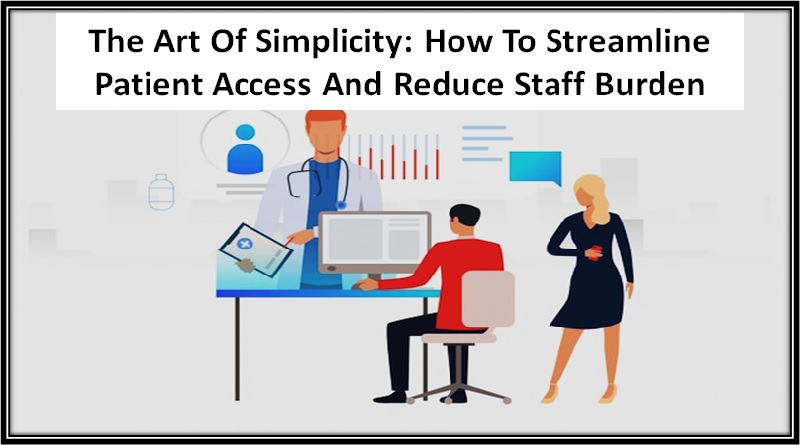Health information is private and individualised. It’s imperative to preserve it that way for both ethical and legal reasons. Although government laws like HIPAA have received a lot of attention recently, tech companies are still considering how to put them into practise.
Many businesses attempt to package privacy in various ways. A new frontier for cloud providers, confidential computing is a project that is frequently mentioned in the same breath as patient and personally identifiable information privacy.
Confidential computing combats attackers who employ memory scraping to compromise data in use and tries to safeguard data while it is in transit, in use, and at rest. The concept is open-ended enough to cover a wide range of tools and methods, whether they involve traditional servers or virtual machines, artificial intelligence, or machine learning. It frequently entails a trusted execution environment that isolates data from external influence.
Developers of AI algorithms can share big data sets without disclosing their intellectual property thanks to confidential computing. As patient information and large, shared black box data sets would otherwise be a difficult combination, that is frequently where it crosses over with healthcare. There are many uses for confidential computing in the healthcare industry.
Top 5 healthcare use cases for confidential computing
1. Preventing cyberattacks is the first step.
In general, confidential computing represents a different way of approaching data security. Hospitals and other healthcare facilities place a high focus on protecting patient privacy in order to uphold public confidence and comply with legal requirements.
Attackers have started focusing on moving data in the meanwhile. In order to protect patient information, run machine learning on sensitive data, or run algorithms on encrypted datasets from various sources without letting in attackers, Microsoft Azure provides examples of how TLS encryption and attestation are used. It lessens the area that can be attacked from the outside.
With the implementation of Intel Software Guard Extensions, Fortanix illustrates the application of confidential computing in healthcare security. The AI workload is then isolated and processed in a hardware-based TEE or memory “enclave” that is created around the machine. The host operating system, hypervisor, root user, and peer programmes executing on the same CPU are completely different entities from this enclave.
We’ll talk more about AI later, but secure computing is also being used to prevent assaults on cloud data and IoT medical equipment.
2. Adopting industry rules
The numerous industry rules governing consumer data are something that confidential computing services are well familiar with. For instance, HIPAA outlines particular guidelines for cloud computing.
According to IBM, this knowledge has always been a part of confidential computing. Data for the open-source healthcare app development platform is encrypted using their Hyper Protect iOS SDK for Apple CareKit. In the course of providing healthcare, it can be utilised for dynamic care plans, tracking symptoms, and connecting to care teams, all of which may require moving sensitive PII from one location to another.
3. Supporting AI study
AI may help medical staff with routine duties including assisting nurses and doctors, analysing massive volumes of data to improve early disease identification through pattern recognition, monitoring cardiac problems, and training medical staff. Obviously, producing vast amounts of data in a relatively private environment raises concerns. Computing under confidentiality can support that.
Microsoft and BeeKeeperAI recently partnered to make it possible for AI developers to access it through the secure Azure computing environment.
“The opportunity for AI to enable the delivery of better healthcare outcomes continues to expand exponentially, but developers are limited by access to critical datasets to train and to deploy their algorithms,” said John Doyle, global chief technology officer at Microsoft, in a press release from BeeKeeperAI. “We are pleased to partner with BeeKeeperAI to help the healthcare industry develop the understanding and expertise it needs to leverage confidential computing within healthcare innovation.”
4. Safe contact locating
Contact tracing has gained widespread recognition since COVID-19. Intel adds that the foundation of MicrobeTraceNext, an AI project developed in partnership with Intel and Leidos, is confidential computing, in this case based on the blockchain.
PII is protected by two blockchain keys and role-based security controls. Ledger-based encryption is made possible by Intel Xeon Scalable processor platforms, making all data access and movement completely auditable, traceable, and transaction-unchangeable. At the local or state level, secure contact tracing is improved by confidential computing.
5. Medical imaging which is secure
Intel has mentioned the advantages of private computing for medical imaging. They supported Federated Learning, a privacy effort that allowed three hospitals to use a shared AI model without sharing PII, by contributing Intel Xeon Scalable processors and AI acceleration. Local training of each hospital’s AI model was followed by data aggregation at a central cloud server. By aggregating data from all three institutions, it was ensured that the model could be improved.
Neither patient data nor the AI model’s IP was disclosed. The private computing of Intel made this differentiation possible. The artificial intelligence (AI) model, which was taught to identify medical photos, was learning from all three institutions while being hidden from prying eyes.






